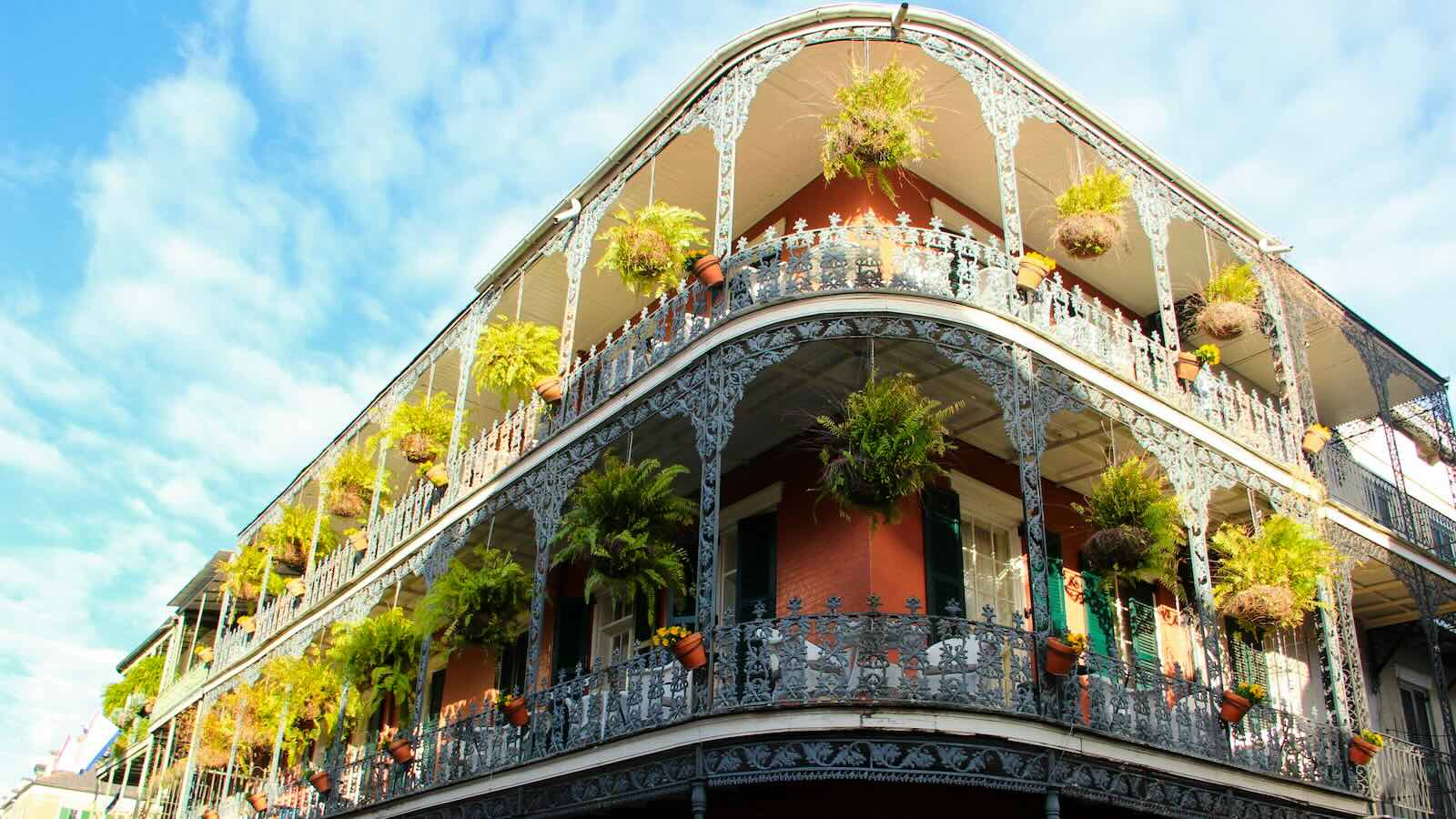New Orleans is one of the most vibrant and culturally rich metropolis in the US, and one still recovering over a decade later from the devastating Hurricane Katrina.
Known for its distinctive blend of French, Spanish, African, and Creole cultures, New Orleans offers a unique and diverse experience unlike any other city in America. Often referred to as the “Big Easy” or the “Crescent City”, the southern gem is worth a visit.
There are two good times to visit the city—around Mardi Gras, and at anytime outside the humid summer months. The summer months from June to August bring the most days of rain and temperatures in the low-30s. But even in December to February temperatures average between lows of 7° to highs of 19°. Outside Mardi Gras season (from January 6 to Ash Wednesday), the autumn and spring months are good times to visit.
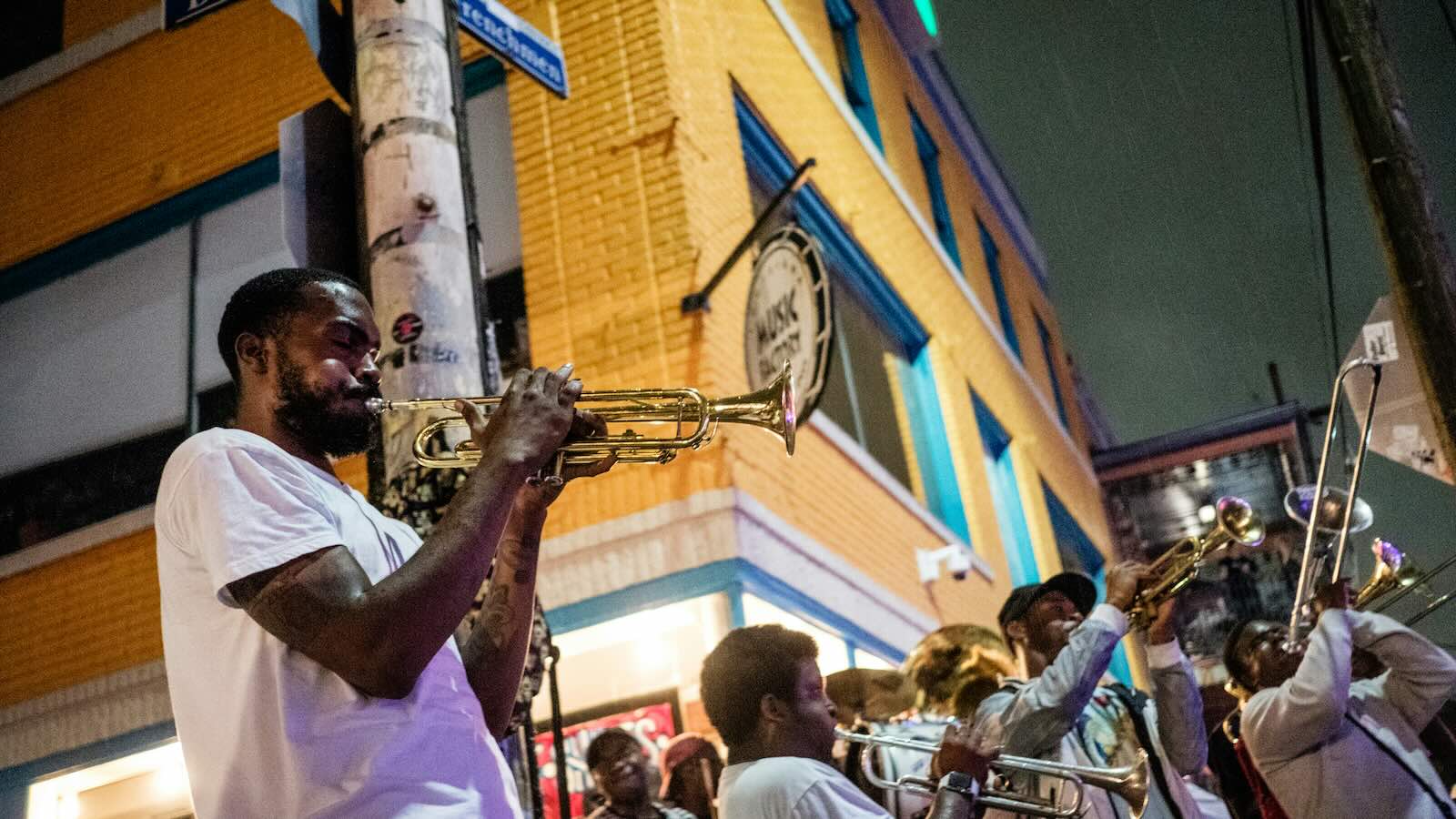
One of the most iconic areas of New Orleans is the historic French Quarter, characterized by its narrow streets, wrought-iron balconies, and colourful buildings dating back to the city’s colonial past. The French Quarter is home to lively bars, jazz clubs, and world-renowned restaurants serving up traditional Creole and Cajun cuisine. At night, these are not street to drive down as the bars and restaurants spill out passed the narrow sidewalks.
Music is at the heart of New Orleans, with jazz being a particularly significant part of its cultural heritage. Visitors can enjoy live performances at venues throughout the city, especially along Frenchmen Street and in the famous Preservation Hall.
New Orleans is also known for its festive atmosphere, with events like Mardi Gras attracting millions of visitors each year. However, the city’s rich cultural calendar extends far beyond Mardi Gras, with numerous festivals celebrating everything from music and food to art and literature.
Beyond the French Quarter, New Orleans boasts other vibrant neighborhoods, each with its own unique character. From the historic Garden District with its stunning mansions to the bohemian vibe of the Marigny and Bywater neighborhoods, there’s something for everyone in the Crescent City.
Despite its rich history and vibrant culture, New Orleans has faced significant challenges, including natural disasters like Hurricane Katrina in 2005. However, the city has shown resilience and determination in rebuilding and preserving its unique identity.
Overall, New Orleans is a city that captivates visitors with its lively spirit, rich history, and unparalleled cultural offerings, making it a must-visit destination for anyone seeking an authentic and unforgettable experience.
Transit & getting around
Most of the main sights are within walking distance of the Central Business District and the adjacent French Quarter. But for a magical way to tour the Big Easy, hop on board one of the four streetcar lines. The New Orleans vintage streetcars are an amazing sight, and fun way to see the wider historic city. Running throughout the city with lines passing down Canal Street, through the Garden District, and along the Waterfront. New Orleans tourism even offers suggested sights and restaurants to enjoy along the routes. There are other tours you can pay for for a more personal and guided experience within the city and the surrounding swamps & rivers.
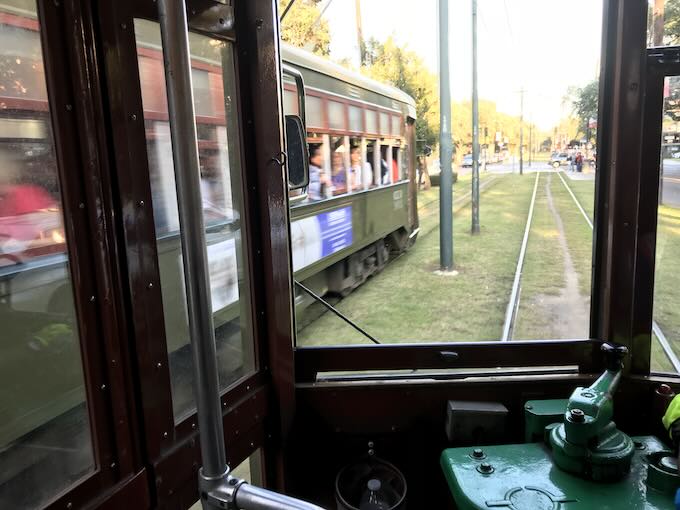
Canal Street
One of the main thoroughfares in New Orleans, Canal Street is a wide boulevard with the vintage Streetcars running down the middle. The street is home to many of the cities premier hotels, and famous restaurants, and is the Southwestern edge of the French Quarter. Much fun can be had just within the Quarter, from the Mississippi up to North Rampart Street as far as Esplanade Ave.
Bourbon Street & The French Quarter
The famous French Quarter extends out from Canal Street on the grid of tight narrow streets lined with the iconic wrought icon balconies, with Bourbon St being the most famous main street crossing through the Quarter.
Preservation Hall
As if placed at the heart of the French Quarter, the historic Preservation Hall still plays host to some incredible jazz performances. They pack the small venue and don’t let you take picture or video of the performers (good), and they do allow drinks to be brought in from outside. What started as an art gallery in 1951 where jazz musicians played for tips, quickly become a legendary jazz hall.
Jackson Square
The Square is often lined with artists selling their works, and performers busking, while you’ll want to take a walk around the pedestrian streets for a good view of St. Louis Cathedral and the nearly 300 year-old building lining the Square. Cross Decatur to access the Moonwalk Riverfront park along the Mississippi to the French Market. There a good view of the river right where it bends sharply.
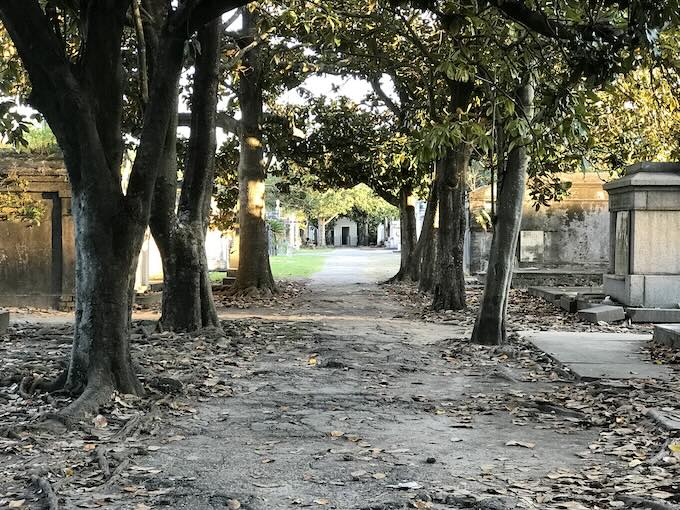
Garden District
The famous residential neighbourhood is only a few blocks and easy to explore on foot. The St Charles Streetcar runs along the grass boulevard along the Northern edge, with multiple stops for entering the District between Jackson and Toledano St. You’ll find numerous historical mansions, the Lafayette Cemetery No. 1, and many other charming homes worth walking by. The Brevard-Clapp-Rice house at 1239 First Street was occupied for many years by author Anne Rice.
Food
You’re spoilt for choice in New Orleans, with many well-known and longstanding institutions around Canal Street, the French Quarter and elsewhere downtown. There are the very touristy places still worth experiencing, such as Cafe De Monde, but they can also be too busy at times. One restaurant came highly recommended by locals, while others on this list were tried on a whim. You will find a few places open late should you find yourself looking for a bite after a night out, and it’s okay to skip the Popeyes and try a place more unique (Voodoo Chicken & Daiquiris).
Maypop
While it seems wrong to visit the Big Easy and not try Creole or Cajun, there are other options. Maypop was a local recommendation, and the Southern-Asian fusion fare does not disappoint.
Royal House Oyster Bar
At the same time, New Orleans is known for seafood! This little French Quarter called out, especially with the chance to sit at the bar and see the action while enjoying the amazing food.
Creole House Restaurant & Oyster Bar
Creole House was an obvious pick at first sight. A little less fancy than nearby Palace Cafe, the Cajun and Creole dishes were delicious—there was no regret ordering the Creole Stuffed Fish. (This writer fails those instagrammable moments, and the food was calling).
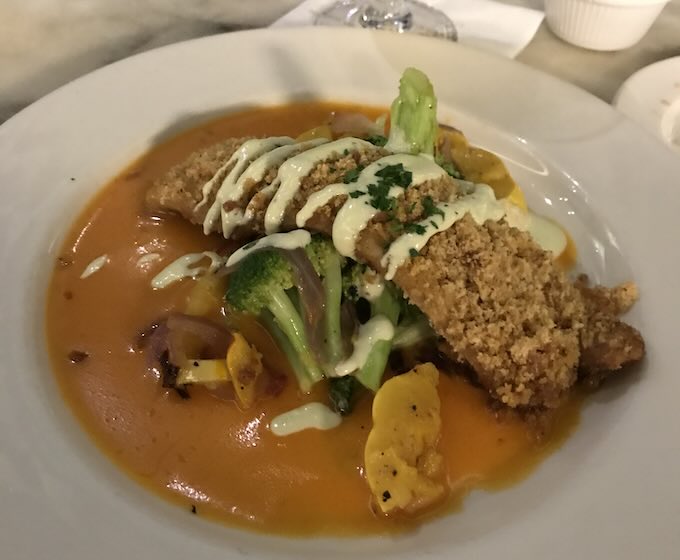
Cafe Beignet
No visit to the Big Easy would be complete without trying a beignet, the New Orleans & French-inspired doughnut. Cafe Beignet has four locations from Canal Street and through the French Quarter. Stop by their cafe as you take a walk through the Quarter.
